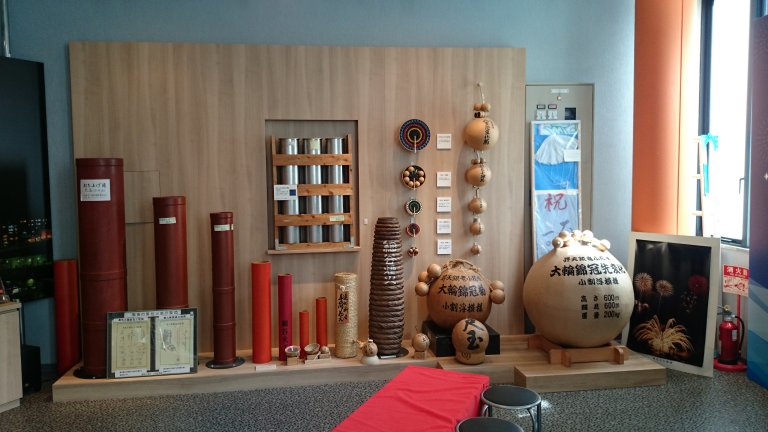
夜空を彩る「花火」は日本の夏の「風物詩」の一つで、不可欠なものになっています。
“Hanabi
“Hanabi-taikai花火大会Firework displays” typically start after sunset and last one to two
hours.
主に7月と8月の夏季休暇中に、全国で毎年何百もの「花火大会」が開催され、その中には数十万人の観客が集まるものがあります。
Hundreds
of “Hanabi-taikai Firework displays / shows” are held every year across the
country, mainly during the summer holidays in July and August, with some of them
drawing hundreds of thousands of spectators.
“Hanabi
Fireworks” are not typically used to celebrate New Year.
There
are many different kinds of aerial “Hanabi Fireworks”.
The most
common are “Starmines スターマイン”, which have a variety of burst patterns.
“Starmines
Firework” is a rapid-fire series of bursts at the climax of “Hanabi-taikai
Firework displays.
Hundreds
of “Hanabi Fireworks” are launched form a blazing curtain in the sky.
The colors and sizes are carefully planned to create the perfect combinations.
Each of “Hoshi
Stars” becomes a blazing point of light when “Hanabi-dama Shells” explodes in
the sky.
Each of “Hoshi
Stars” becomes a blazing point of light when “Hanabi-dama Shells” explodes in
the sky.
“Hoshi Stars”
are packed evenly inside “Hanabi-dama Shells”, so that they will scatter
uniformly in all directions when “Hanabi-dama Shell” detonates, forming a
spherical explosion.
In 1613
(Keicho 18), when an envoy from the United Kingdom visited “Sunpu-jō 駿府城 Castle”, it was said that he let Chinese to show “Hanabi Fireworks” to “Tokugawa Ieyasu 徳川家康”.
In 1732
(Kyōho 17) when many deaths occurred in Edo due to the great famine and cholera
epidemic.
The 8th
Shōgun “Tokugawa Yoshimune 徳川吉宗” held “Kawa-segaki
川施餓鬼
Buddhist service” that worshiped the evil spirit, suffering
from hunger, at the river side of “Ō-kawa 大川 River (now “Sumida-gawa
隅田川 River) ”.
And next
year, at the day of “Kawa-biraki 川開きFirst day when
people be allowed to enjoy summer evening at pleasure boats / Festival for
Water god”, the shognate held “Kawa-segaki” again and launched “Hanabi Fireworks”.
This is recognized
as one of the oldest and most famous Tokyo's “Sumida-gawa River” “Hanabi-taikai
Firework displays”.
During “Edo-jidai
江戸時代
Period”, “Kagi-ya 鍵屋” and “Tama-ya 玉屋” competed for “Hanabi Fireworks” across “Ryogoku-bashi Bridge”.
Now, Fireworks
are launched from barges anchored along “Sumida-gawa River” between “Ryōgoku
Tens of
thousands of people, many dressed in “Yukata 浴衣”, stroll the streets, especially around “Senso-ji 浅草寺 Temple”.
Japanese
“Hanabi-dama Firework shells” range in size from smaller ones to “Yon-shaku-dama
四尺玉
Shells” which are 1.2 meter in diameter and weigh several
hundred kilograms.
